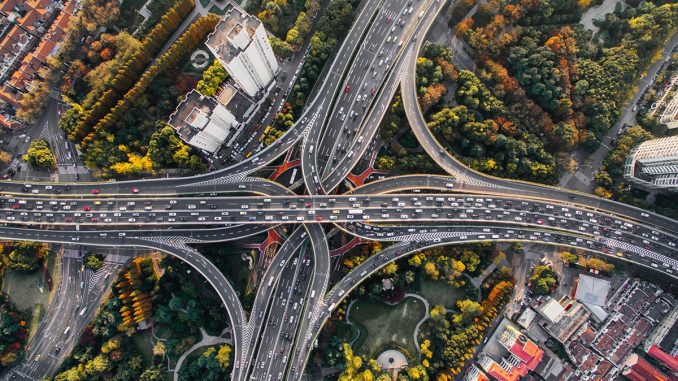
Autonomous vehicles (AVs) used to be seen only in the realms of science fiction—but that was before they began to appear in our lives. A string of major technical breakthroughs and investment in artificial intelligence (AI) and machine learning are to herald a new age in transport. But as appealing as the prospect of AVs might seem, it is far from certain that they will be widely adopted within the next decade. A closer look at the technological, regulatory, social and infrastructural challenges presents a tough road ahead.
Technology: The Landscape is Rapidly Changing So it is no surprise that AI-powered software is one of the pillars of autonomous vehicles. To support it is advanced sensors, cameras and radar systems. Big players like Tesla, Waymo and Cruise are all making remarkable progress while they develop Level 4 (high automation) and Level 5 (full automation) vehicles.
But 100% reliability remains a significant barrier. AV systems have to handle extreme weather conditions, ambiguous road situations and unpredictable human behavior. Although early adoption may be seen in urban areas with controlled environments, the unique problems of rural and developing regions suggest they are much less likely to come on board any time soon.
Regulation & legal Barriers
Governments and regulatory agencies around the world are still mulling over the intricacies of autonomous vehicle technology. Questions about liability in crashes, insurance policies and compatibility with present traffic laws are all things to be ironed out. In the US there is no single federal framework for AVs but rather each state has its own particular approach.
In order for AVs really to take over the highways, the establishment of a coherent world and national policy is needed. Striking a balance between innovation and safety, as well as between privacy concerns on the one hand and public interest considerations on the other, is a tough task that will probably moderate their acceptance in practice.
The Socially Acceptable: Trust
For AVs, trust is a big stumbling block. An interest survey shows that a fairly large proportion of the population remains worried about self – driving cars, focusing on considerations like safety, morals, driving work prospects, etc.
Building up the confidence of the public will entail both constant proof a successfully managed examples of safety and efficiency: getting an effective public relations campaign and education MorningStar. It is absolutely necessary to clear the way for AVs along with allaying fears that they are innocuous
Infrastructure Challenges
The widespread adoption of AVs will demand smart infrastructure. Roads and highways traffic lights and signs will need to be fitted out with technology that can interoperate smoothly with AV systems. In addition, 5G connectivity is necessary for real-time data transfer s in vehicle-to-everything communication.
Retrofitting existing infrastructure to meet these requirements is costly and time-consuming. It may be even more d typical to overcome those problems in poorer countries than ever before, offering a rather gloomy prospect for global penetration of AV technology
Economic Impacts
Deploying AVs generates significant economic benefits including fewer accidents, more efficient traffic and lower transport costs. In terms of economic structure, its impact on industries such as logistics, public transport and ride sharing is large: it opens up new opportunities and obliterates the old forms of subsistence.
But there is also a human cost to those for whom economic rules have changed. As many as millions, from truck drivers upwards to taxi drivers are all going to lose their jobs and they will have to undergo mass retraining.
Another alternative Therefore, rather than sweeping into total dominance on our roads one decade from now as some people fear (and there are excellent reasons to believe otherwise!), is probably more likely that cars will exist with conventional vehicles for quite some time yet. Initial adoption will probably concentrate in some specific niches: services, delivery shuttles, urban and long-haul trucks. Under these controlled conditions, it is simpler to make progress. This than the length of time until completion will depend on successfully solving the multiple problems identified in this chapter. Although we are approaching a turning point in the 2030s, expecting a complete transition then may be somewhat too optimistic.
Conclusion
Driven by artificial intelligence and wireless communi-cations, future cars may well be a wonder as great as steam engines and railways. But such things as technological bottlenecks, uncertainties in regulations, public distrust, and social infrastructural requirements mean that even for AVs, rule is still yet to come. The next ten years will surely see great inroads. However, a completely self-driven future may take patience and persistence beyond 2034. Governments, industries, people: together We must work during this period to guide the transition sensitively if everyone is to take advantage of and deal with the problems posed by AVs.
Leave a Reply